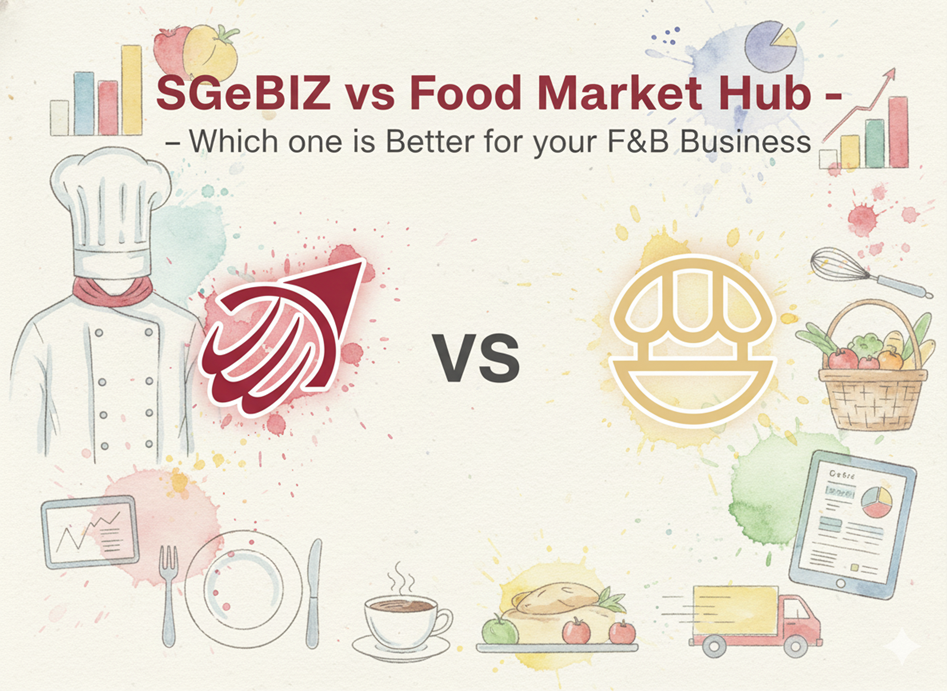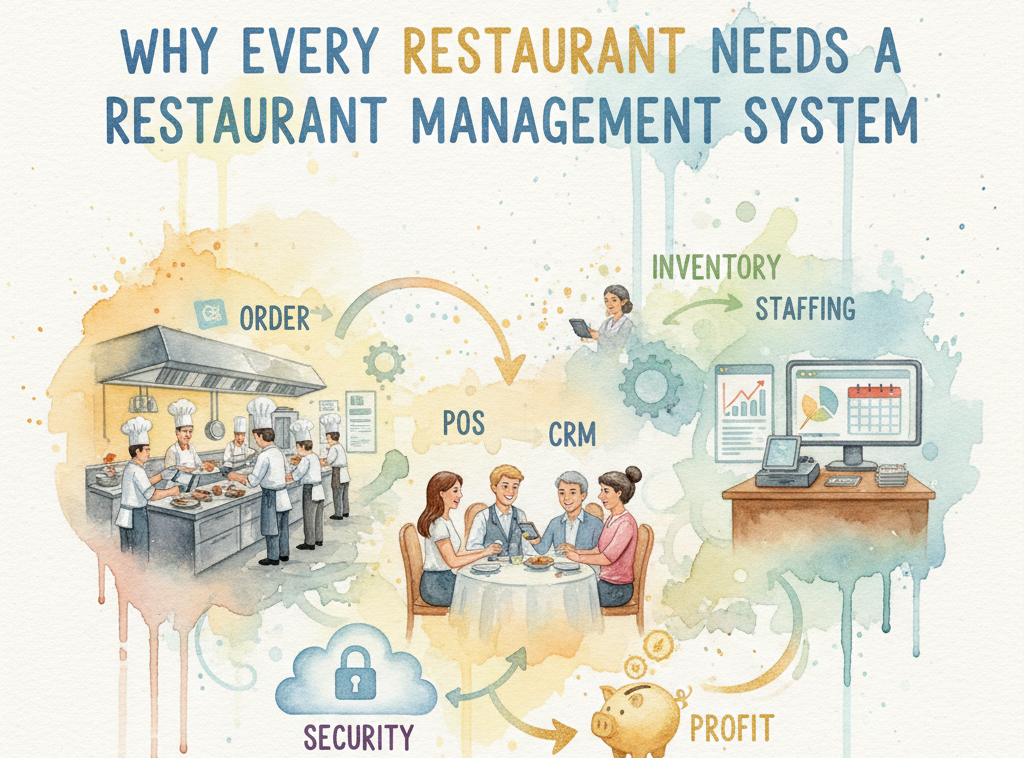How to Manage a Central Kitchen

Central kitchens, a term that many restaurateurs have gotten familiar with recently, can be quite a challenge to manage.
It is widely known that operating a central kitchen comes with many logistical and organisational matters to deal with. It comes with a great deal of planning, large investment and advanced equipment. At the same time, central kitchens are also responsible for more than just one restaurant branch, which can be a lot of pressure.
Hence, many new central kitchen managers struggle in streamlining their back-end processes and synchronising with their restaurant branches. If you ever decide to start operating one, you should equip yourself with the latest management tips.
In the following article, we set up a simple guide to do so. Here’s how:
1. Inventory management

Clearly, setting up an efficient inventory management system is extremely important when it comes to running a successful central kitchen. You need to be notified constantly when stocks are running low - and this goes not only for your central kitchen but also for your restaurant branches.
An efficient inventory management will help you reduce kitchen waste significantly. This is because your purchase amount can be estimated more accurately, which will then lead to less food costs. A study done by Entrepreneur Magazine confirms this, as they found that up to 50% of profitability can be increased if businesses utilise inventory management software.
Fortunately, with Food Market Hub, this entire process is automated. Not only can the platform allow you to place large orders to your suppliers, you can also stay up-to-date with all the ingredients count in real time.
2. Managing your employees

In aiding your staff to adjust to the central kitchen setup, proper training must be provided. As the central kitchen comes with new procedures and complicated machinery, they might be apprehensive at first.
Giving your employees initial training will help ease their transition into the central kitchen, which in turn will boost their confidence. Managing your employees will consequently lead to higher job satisfaction, as their morale can be raised and each person’s role is clearly communicated.
3. Optimal layout

Though there is no one formula in how you should arrange your central kitchen layout, the best design is one that can support your operations’ ideal workflow. However, said layout must be kept flexible, as you’ll need to adjust it to suit future needs.
For catering central kitchens, your ability to rearrange the layout based on changing production demands and volume is especially vital. You should also consider keeping certain prep tables and equipment mobile so that the station setups can easily be altered.
4. Ensuring food quality and safety

As central kitchens function to mass prepare food, there is a common misconception that food quality tends to decline once it is produced there. To avoid this, it is advisable to standardise your recipes for mass production and invest in kitchen equipment that can maintain your food’s freshness.
Now that all of your food preparation is centralised, ensuring consistent food safety has never been so important. One food contamination can cause a large batch to be spoiled.
To prevent this, you can consider several food safety precautions such as; regular checking of your freezers’ and chillers’ temperature, reminding staff to adhere to hygiene regulations and perhaps invest in certain machineries that will help you maintain food safety.
5. Streamline your back-end processes

In reducing possible mishaps or ordering mistakes, you should think of a way to simplify your ordering processes between each branch and the central kitchen. Hence, consider investing in softwares that can allow you to monitor your central kitchen and restaurants’ performance from anywhere.
Apart from that, each branch should be able to communicate transparently with the central kitchen. To ensure this, it’s best to utilise a platform that can serve as a centralised communication system for all the branches and the central kitchen.
Luckily, with Food Market Hub, you can do all the things above in just one platform.
Both our website and mobile application allows you to centralise all your orders and communications. Additionally, you can also integrate our software with your POS system, enabling you to run your central kitchen smoothly.
To get to know more about how our platform can help you manage your F&B business efficiently, give this article a read.










